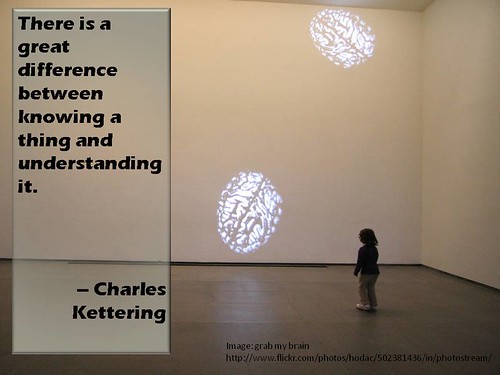Created by Connie Roberson on Wordle
I was interested to learn more about digital portfolios in Chapter 11. I had heard about using them with students as a form of performance assessment, but I had not heard of using them to make teacher portfolios. I think one of the many advantages to them is the ability to store vast amounts of a variety of different work in a tiny amount of space. I thought the authors made an important point when they talked about how personal refection is a must in teacher portfolios, or else the portfolios just turn into brag books and little valuable information can be learned from them ( Maloy, et al, 2014, p. 281).
I definitely agree with the importance of student involvement in learning and assessment (Maloy, et al, 2014, p. 283). I know how effective this can be from my experience with my own children's education. Some of my children's teachers gave their students a choice of different assignments they could do to practice their spelling words. Getting to decide what homework they completed really made my children more eager to participate. For this reason, I like the idea of democratic schools and classrooms where students get to have more of a voice in their education.
I really like the idea of "clickers," or student response systems, because of the interaction they bring to the classroom. As stated in Chapter 11, clickers increase student involvement by making them active participants (Maloy, et al, 2014, p. 288). Clickers are also great for teachers because they can get real-time feedback and can use that information to alter the lesson if necessary.
Chapter 11 was very informative and had many great ideas on using technology in the classroom. I learned a new use for digital portfolios with teacher portfolios. There were also many useful ideas for ways clickers can be used in the classroom to encourage involvement and participation.
References
Maloy, R., O'Loughlin, R., Edwards, S., & Woolf, B. (2014). Transforming learning with new technologies. 2nd Edition. Boston, MA: Pearson Education Inc.


